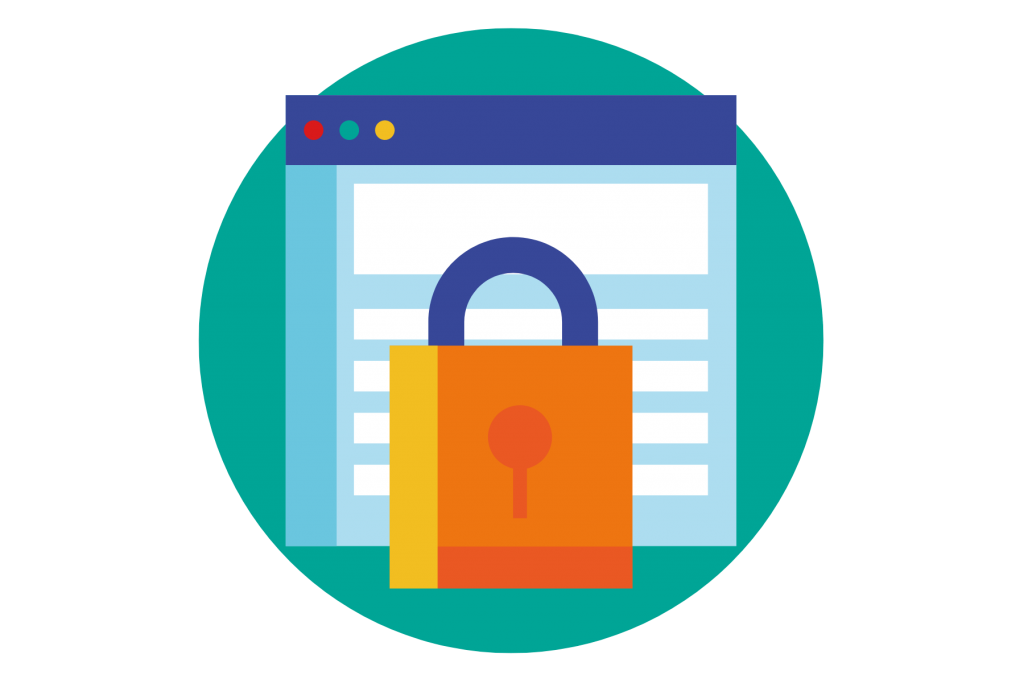
A secure connection
By using HTTPS, internet service providers (ISPs) are not able to track the pages our readers are accessing. It means we protect the privacy of our customers when accessing content that may disclose any information that may be used against them. It matches our core values. We believe that protecting our customers is good internet citizenship. Once on HTTPS, we prevent malicious third parties from inserting code into our site, or tracking what our customers are doing

End to end protection
An endpoint can be defined simply as: the final target a hacker is after. In the case of desktop security, it is the workstation a user works on. In the case of mobile platforms, it’s the smartphone a user has in their pocket.
The first benefit of protecting a website at the endpoint is there is no way for an attacker to bypass the security mechanisms. They can’t go around the Wordfence Firewall because it is an integral part of the endpoint. To use the endpoint application, you have to interact with our firewall.
The second major benefit is that, by protecting the endpoint, we can provide a defence in depth strategy. We don’t just have a firewall. We also have in place a malware scanner and a range of other features.

Backing up your data securely
Our website backups are worth the entire investment we’ve made in your website. The day may come when we get hacked, when something goes wrong with an update, our server crashes or our hosting company goes bust – without good backups, we would lose everything. So we backup our website fully every 12 hours securely via Google Drive.

How we access your data
When we access your data, we use a secure VPN with bank-grade encryption to help ensure the data we send and receive is secure and private. We use Norton 360 bringing real-time protection to the devices we use for our swimming school against ransomware, viruses, spyware, malware and other online threats, monitors and blocks unauthorized traffic, and helps protect our private and financial information when we go online.

